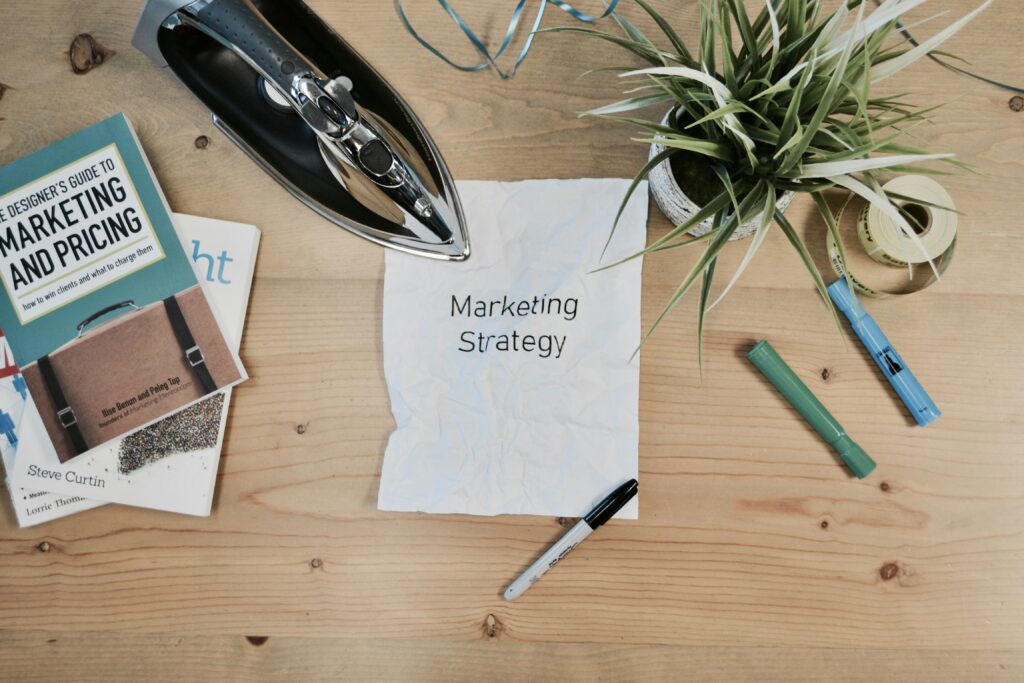Introduction
In the digital age, it might be easy to overlook the power of printed marketing materials. However, many local businesses have found that a well-executed print strategy can significantly boost sales. From eye-catching brochures to detailed catalogs, printed materials have a tangible impact that digital marketing can’t always match. For instance, a reliable Printing Company can provide high-quality prints that captivate your audience and leave a lasting impression.
In this article, we’ll explore why printed marketing materials remain effective, the types of materials that deliver results, case studies of local businesses that have thrived using print, and best practices for designing and measuring the success of your printed marketing campaigns.
Why Printed Marketing Materials Matter
Printed marketing materials are important since they provide a tactile experience that can improve a brand’s image. Physical things have a tendency to stick around, in contrast to digital marketing that are quickly forgotten or ignored.
They offer a sense of permanence and credibility that digital formats must improve. According to a Small Biz Trends article, tangible things like business cards and pamphlets usually leave a lasting impression on potential customers, boosting the likelihood that they will remember your brand.
Furthermore, print materials can reach audiences—such as older demographics or those living in places with poor internet access—that might need to be more involved online. These resources can support digital efforts by offering several touchpoints that reinforce your message.
Key Types of Printed Marketing Materials
Several types of printed materials can effectively promote your business:
- Business Cards: Essential for networking, they provide key contact information in a convenient, wallet-sized format.
- Brochures: Detailed and visually appealing, brochures are perfect for showcasing products and services.
- Flyers: Great for promoting events or special offers, flyers are cost-effective and easy to distribute.
- Banners and Posters: Ideal for grabbing attention in high-traffic areas, they make a big visual impact.
Each sort of printed content has a distinct purpose and can be customized to match the needs of your intended audience.
Design Tips for Effective Printed Materials
Effective design is crucial for printed marketing materials. Here are some tips to ensure your prints stand out:
- Keep it Simple: Avoid accumulating clutter. To convey your point clearly, use minimum language and enough of white space.
- Brand Consistency: Make sure the typefaces and colors you choose for your design complement your brand.
- High-Quality Images: Use high-resolution images to ensure your prints look professional.
- Call-to-Action: Always include a clear call-to-action to guide the reader on what to do next.
Using these design elements can help your printed documents attract readers and encourage action.
Measuring Success
To understand the impact of your printed marketing materials, you need to track their effectiveness. Here are a few methods:
- Unique Codes: Use unique promo codes on your printed materials to track conversions.
- Surveys: Ask customers how they heard about your business.
- Sales Data: Compare sales statistics before and after your print campaign.
You may optimize future campaigns by making data-driven decisions based on the performance of your printed marketing campaigns.
Conclusion
For neighborhood companies trying to boost sales and engagement, printed marketing materials are still an effective strategy. Whether distributed via flyers, brochures, or business cards, these material goods provide a memorable and distinctive relationship with clients. Businesses can increase the effectiveness of their printed marketing efforts by implementing successful design concepts and tracking their progress. Reaching and engaging your target audience can be accomplished in a comprehensive way by combining printed materials with digital techniques.
